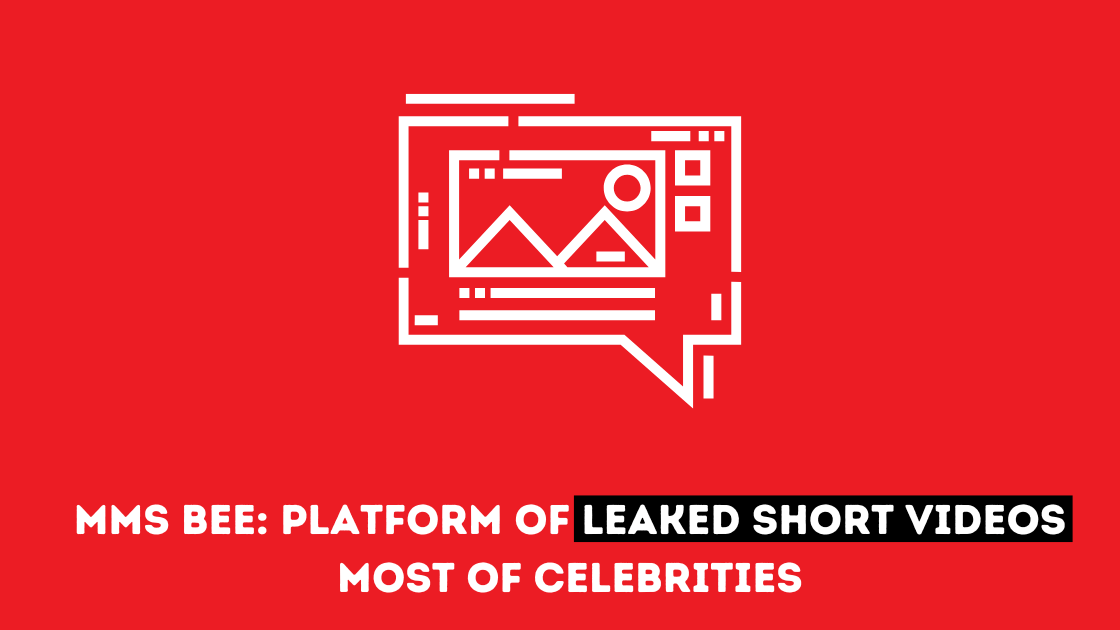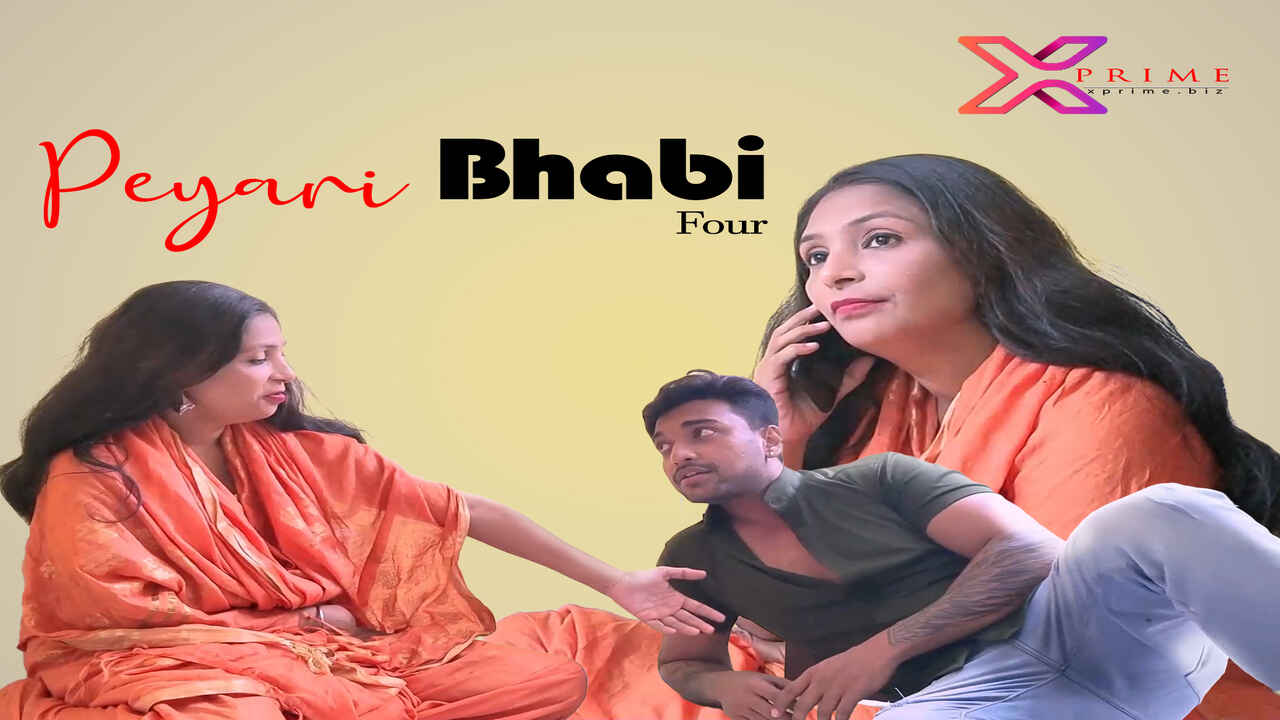In an era dominated by the digital realm and the ever-present connectivity of the internet, how does a nation grapple with the complex issue of online content regulation, especially when it comes to material deemed objectionable? The recent actions of the Indian government, exemplified by the banning of numerous websites, highlight the ongoing struggle to balance freedom of expression with the need to protect citizens and uphold societal values.
On September 29, 2022, the Press Trust of India (@pti_news) reported that the Indian government had instructed internet service providers to block access to 67 pornographic websites. This directive was rooted in court orders and cited violations of the updated IT rules issued in 2021. The Department of Telecommunications (DoT) subsequently issued the official order, mandating the internet service providers to enforce the ban. This action is not an isolated incident; rather, it is a continuation of the Indian government's policy of regulating online content, particularly material that is deemed to be sexually explicit or harmful.
This table provides a breakdown of the key entities mentioned in the context of online content regulation and the services discussed. It presents a concise overview of the platforms and services involved, their functionalities, and their relevance to the broader discussion of internet regulation and content moderation. This table is formatted for easy insertion into a WordPress environment, for maximum usability.
| Entity | Description | Functionality/Purpose | Relevance to Topic |
|---|---|---|---|
| Indian Government | The governing body of India, responsible for policy-making and enforcement. | Issues directives, enforces laws, and regulates online content through departments like the Department of Telecommunications (DoT). | Plays a central role in content regulation by ordering the blocking of websites that violate established guidelines or court orders. |
| Department of Telecommunications (DoT) | A government department responsible for telecommunications infrastructure and services. | Issues orders to internet service providers, enforces content blocking directives, and ensures compliance with legal and regulatory frameworks. | Acts as an intermediary between the government and internet service providers in the implementation of content blocking orders. |
| Internet Service Providers (ISPs) | Companies that provide internet access to users. | Block access to websites as per government orders, ensuring compliance with content restrictions. | Carry out the government's orders by restricting access to specified websites, thereby enforcing content regulations. |
| Court Orders | Judicial rulings that mandate specific actions, including content blocking. | Provide the legal basis for content restrictions, guiding the government's actions and ensuring compliance with legal frameworks. | Serve as a primary driver for content blocking, offering a legal basis for the actions of the government and ISPs. |
| IT Rules 2021 | Regulations governing the use of information technology and online content. | Provide the legal framework for content moderation, outlining prohibited content and the criteria for content removal. | Form the basis for determining the content that should be blocked, establishing the guidelines for content regulation in India. |
| Pornographic Websites | Websites that host or distribute sexually explicit content. | Provide a platform for users to access and consume sexually explicit material. | Are frequently targeted by content regulation efforts and subject to blocking orders based on their content. |
| Mmsbee | A platform that facilitates multimedia message exchange. | Allows users to send and receive multimedia messages by registering an account and providing the recipient's phone number | While primarily for MMS messages, it raises questions about user privacy and compliance, similar to other platforms |
For further information on the Indian government's policies on internet regulation, you can refer to the official website of the Department of Telecommunications (DoT) or the Ministry of Electronics and Information Technology (MeitY). They offer an in-depth analysis of the current rules and regulations. This is a reference website Meity.gov.in.
The immediate impetus for these actions is the need to comply with court orders and to uphold the IT Rules of 2021. These rules are designed to regulate the digital space, addressing issues such as hate speech, misinformation, and, of course, sexually explicit content. The government's actions send a clear signal: the online world is not a lawless frontier, and content that violates Indian laws and societal norms will face consequences.
The specifics of the banned websites have not always been publicly disclosed, but it is widely understood that the targets of these bans often include sites that host or distribute pornographic material. This stems from concerns over the potential impact of such content on society, including the risk of exploitation, particularly of minors, the promotion of harmful stereotypes, and the potential for addiction and other psychological issues. The government has consistently stated its commitment to protecting its citizens, especially vulnerable groups, from the adverse effects of explicit content.
This is not just a question of censorship, however. It is also about setting standards for the online environment. The government, along with other stakeholders such as the internet service providers, has a responsibility to curate the information that the citizens consume. It also involves a broader discussion about the role of platforms and social media companies in monitoring content and the extent of their responsibilities.
The legal framework for content regulation in India is complex, and it is constantly evolving. The IT Rules of 2021 represent a significant step in this process, establishing guidelines for social media platforms, intermediaries, and content creators. These rules place a burden on these entities, requiring them to take proactive steps to remove or block illegal content, to comply with government orders, and to provide information to law enforcement agencies when necessary. This has led to debates about the balance between free speech and content moderation, as well as the implications for online privacy and security.
One of the key criticisms is the potential for the rules to be used to stifle dissent or to silence voices that are critical of the government. This is a challenge faced by many countries attempting to regulate online content, as the regulations that are designed to protect citizens might also give governments greater power to monitor and control online speech. There's a fine line to tread between protecting citizens and being perceived as a censor.
The issue is further complicated by the global nature of the internet. Content is not limited by geographical boundaries, and websites can be accessed from anywhere in the world. This makes it difficult to enforce local laws and regulations, as it requires collaboration with other countries and internet service providers.
The concept of "internet censorship" has gained momentum. As the Indian government implements bans on several pornographic websites, it inevitably raises questions about how free is the internet in India. The debate is complex, entailing different considerations, including freedom of expression, security, and the protection of minors. Government bans on certain websites can be seen by some as a form of censorship, limiting access to information and potentially stifling open discourse. However, the government has always tried to justify the bans by pointing out that they are necessary to protect citizens and uphold societal values.
The internet, once seen as a boundless frontier of free expression, is now often viewed through a prism of regulatory scrutiny. This scrutiny has come from different sources. In the Indian context, the government has taken a leading role in policing the internet, particularly in the areas of pornography and hate speech. However, the influence of social media platforms, search engines, and other content providers cannot be overlooked. These entities often have their own policies and guidelines, which can result in content being removed or blocked, regardless of any government action. The rise of platforms like Facebook, Twitter, and YouTube has shifted the landscape and brought new considerations into the mix.
There is a stark contrast between the desire for free and open access to information and the need to ensure a safe and responsible digital environment. The government's actions reflect the difficult balance between these competing interests. Many people believe that censorship is never the answer, arguing that it suppresses diverse perspectives and hinders the free exchange of ideas. There is a very strong case to be made for the unfettered availability of knowledge.
The rise of social media has also created new challenges. Platforms that once promoted themselves as champions of free speech are now grappling with the complex realities of content moderation, and the task of handling large volumes of user-generated content.
While the debate around online content regulation is never fully settled, several key arguments are generally at play. On one side, supporters of a lighter touch emphasize the importance of free expression and the value of the open exchange of ideas. They argue that excessive regulations can stifle innovation and creativity, and that it can also be used to silence dissent. On the other side, supporters of greater regulation emphasize the need to protect children, to combat hate speech, and to prevent the spread of misinformation. They also highlight the potential for online content to incite violence, to promote illegal activities, and to cause harm to individuals and society as a whole.
In addition to the general debate about freedom of expression, there are also specific concerns about sexually explicit content. Many people believe that pornography can normalize harmful behaviors, and that it can contribute to the exploitation of women and children. Governments often justify their actions by citing these concerns.
The legal framework itself has changed substantially. The IT Rules of 2021 are just the latest example of this. While the specific details of these rules are complex, the basic premise is clear. The regulations attempt to force companies to be more responsible for the content that they host and to take proactive steps to remove illegal or harmful material. The rules also give the government greater power to order the blocking of websites and to take other actions against those who violate the law. This has been criticized as an overreach, by groups who are concerned about free speech. The rules are seen by many to be a way for the government to silence criticism.
The Indian government's actions reflect a global trend, with many countries grappling with the complex issue of online content regulation. The challenge for policymakers is to strike the right balance between freedom of expression and the need to protect citizens and uphold societal values. The debate is ongoing, and the outcome will have a significant impact on the future of the internet. India's actions, alongside similar actions in other countries, highlight the need for clear international standards.
The future of online content regulation will depend on several factors. Advances in technology, such as artificial intelligence, will make it easier to identify and remove harmful content. International cooperation will be essential, as no single country can effectively regulate the global internet on its own. The debate will also evolve, as new technologies, platforms, and forms of expression emerge. The need to protect children and vulnerable groups will remain a key concern, but the balance between freedom of expression and public safety will continue to be a complex and sensitive issue.



